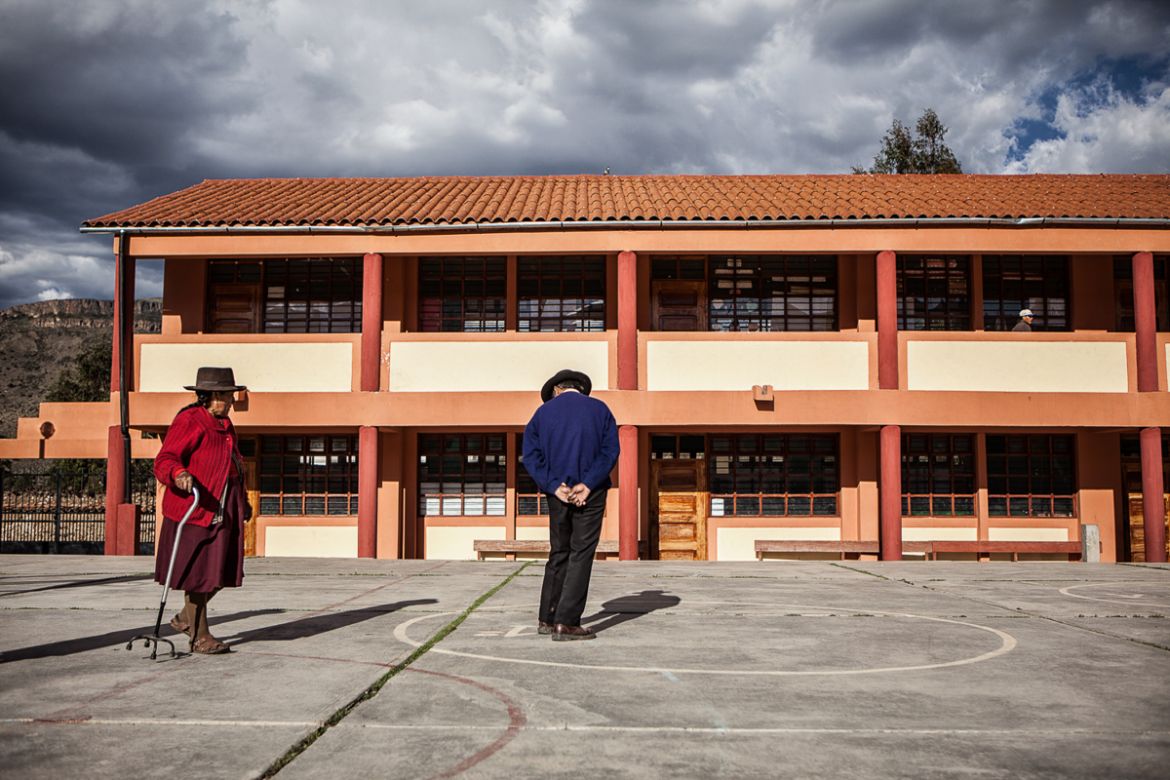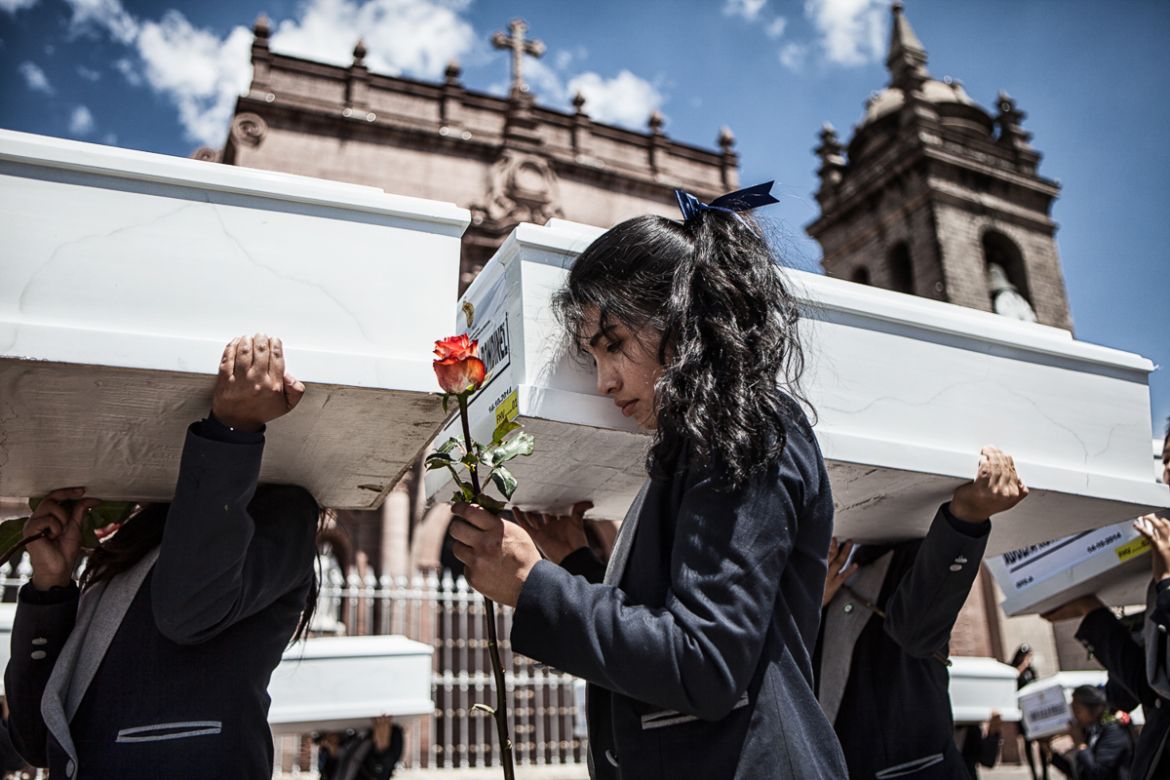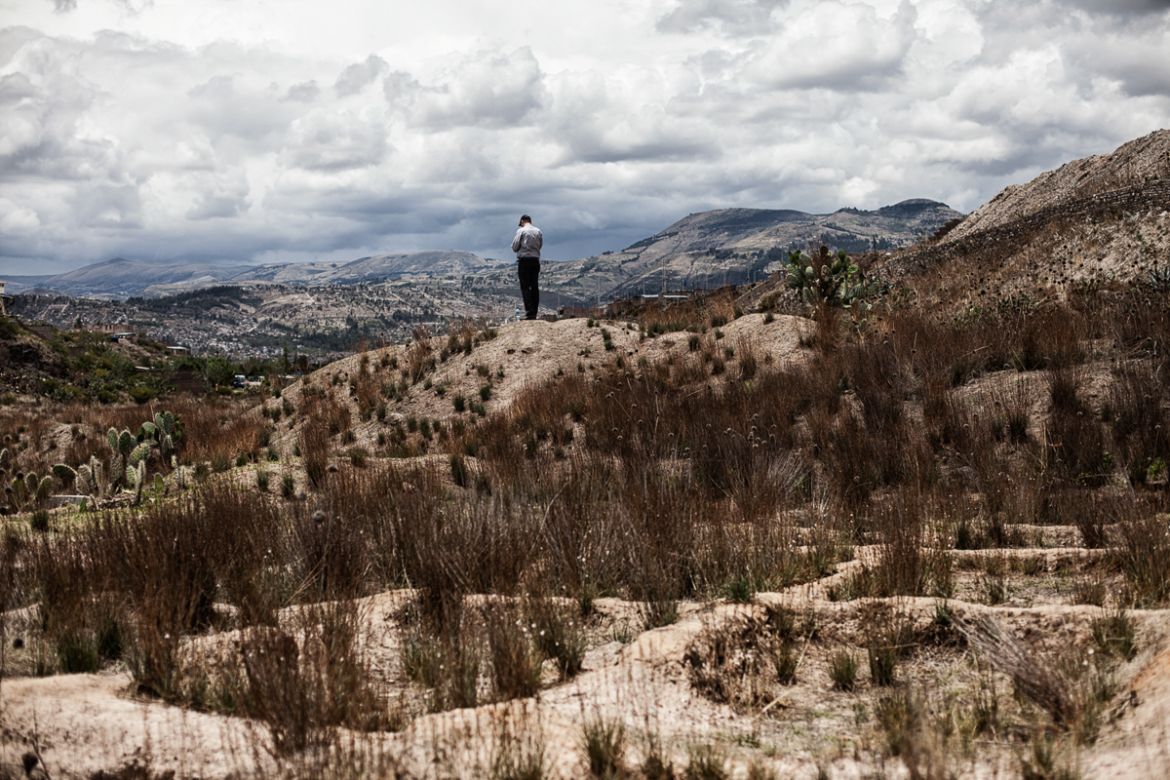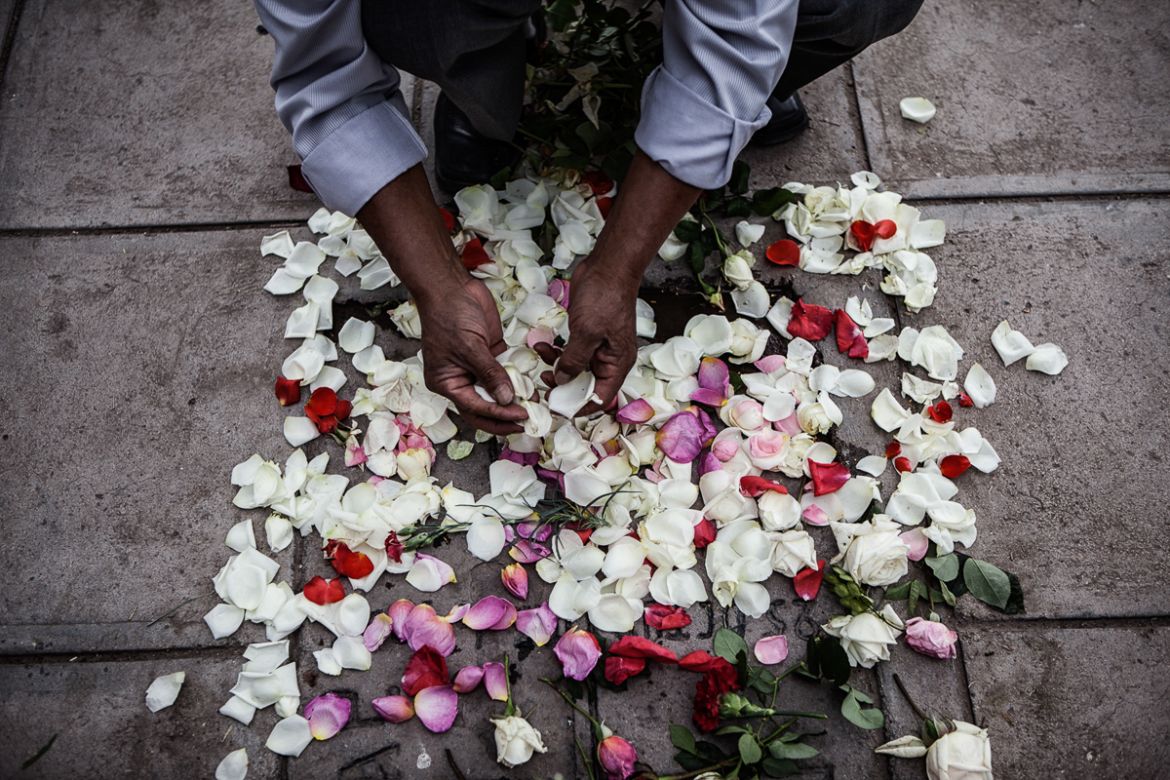In Pictures
Peru: Searching for the missing decades after war
Thirty years after Peru’s bloody civil war, relatives of the dead and disappeared search for bodies and closure.
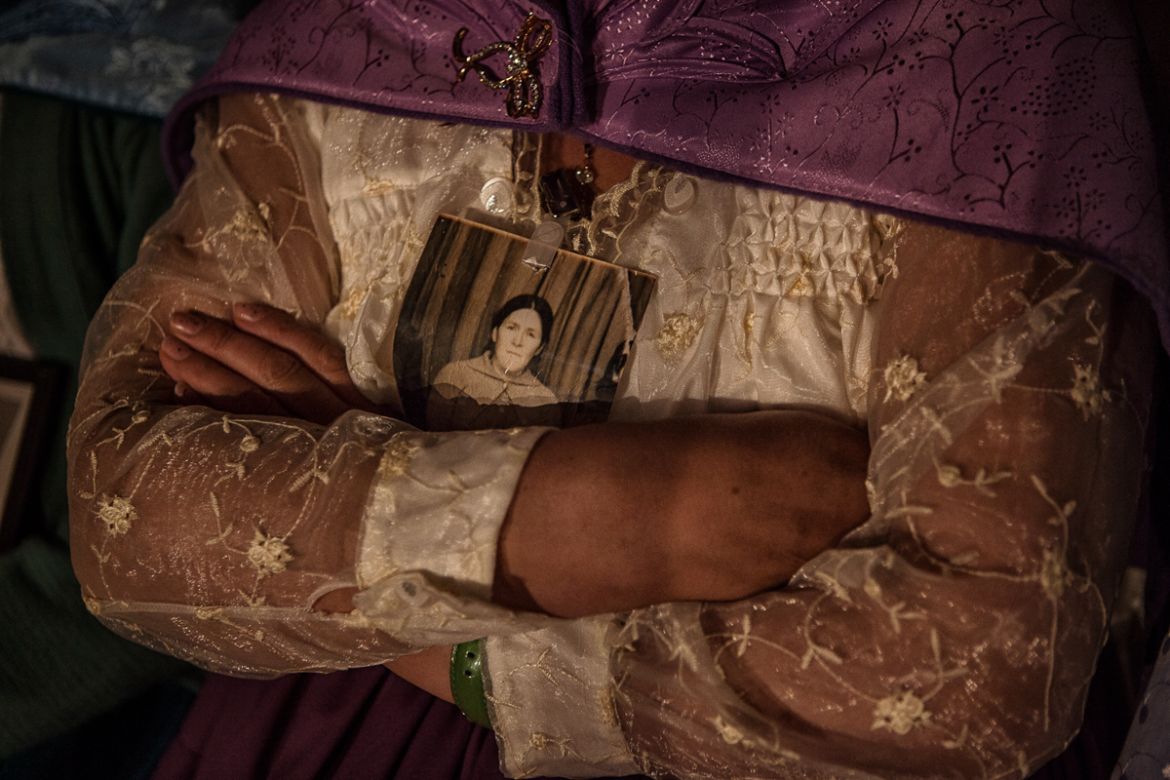
Ayacucho, Peru – Paralysed for more than a decade by a conflict between the Shining Path and the military during the 1980s and 1990s, Peru’s communities have found a slow road back to recovery, with few answers about the fate of their missing loved ones.
So far, only 1,300 remains of victims have been found and returned to the families, of the estimated 16,000 people killed in the country.
A ceremony took place in late October 2014 in the Andean Highlands. Family members of the disappeared came from various provinces around Ayacucho, some travelling for 24 hours by van and even by mule, to collect the remains of their loved ones.
Eighty five white coffins lined the courtyard of the Legal Medicine Institute of Ayacucho. Family members and volunteers then carried out the coffins on their backs through the main square in Ayacucho and escorted back home to receive a proper burial.
More than thirty years after the conflict, the country still needs a proper system to help in the recovery of the missing.
The Peruvian Ministry of Justice has been working on a bill since 2014, which – if implemented – would help to alleviate the suffering of thousands of families by bringing focus to forensic investigation and exhumation of victims, providing psychological support for victims’ families and supplying material and logistical support during the restitution of remains.




